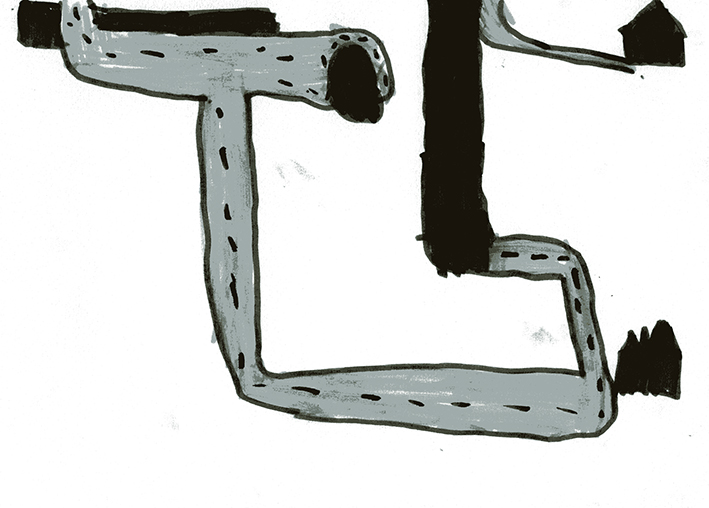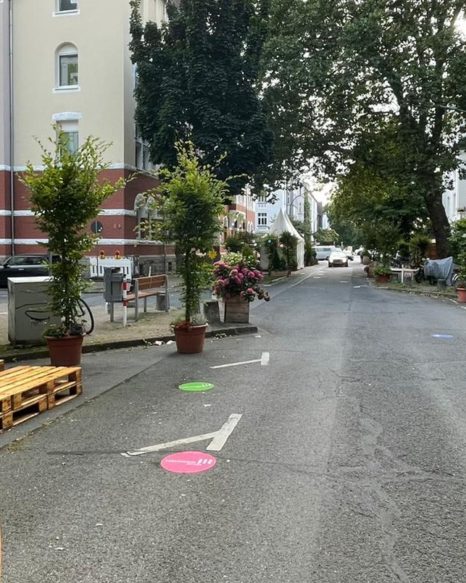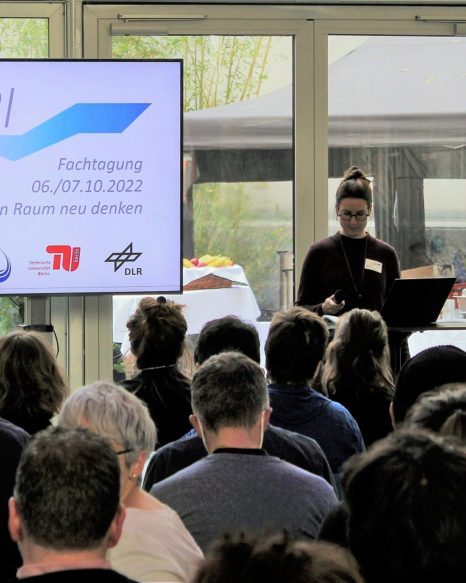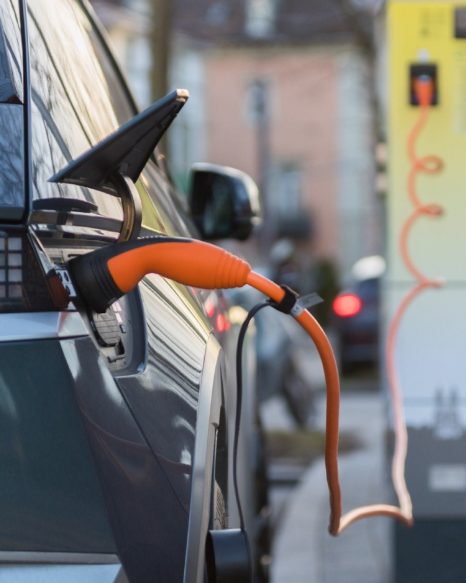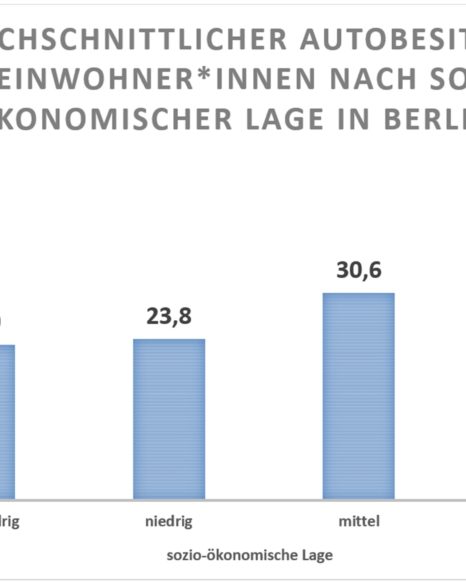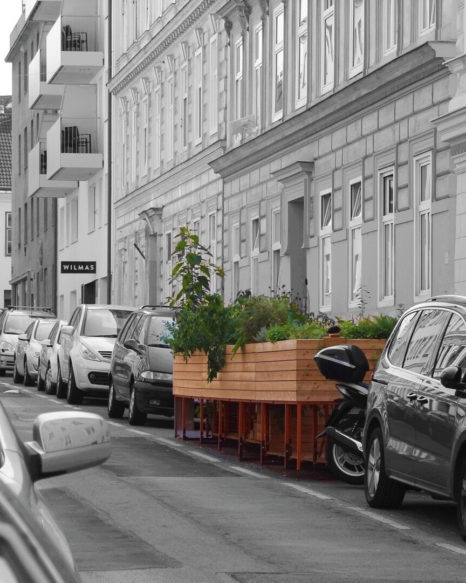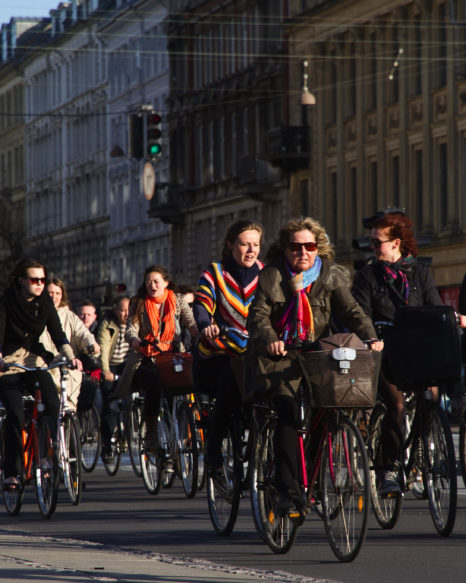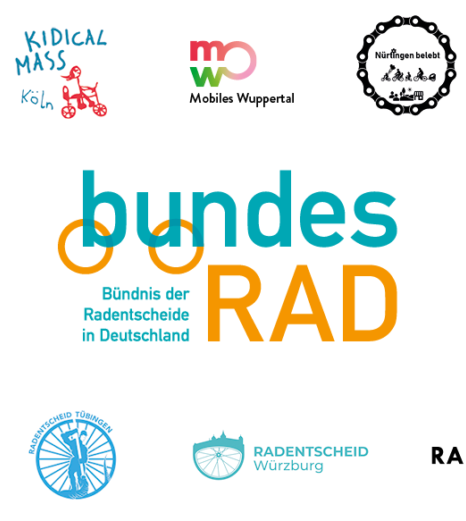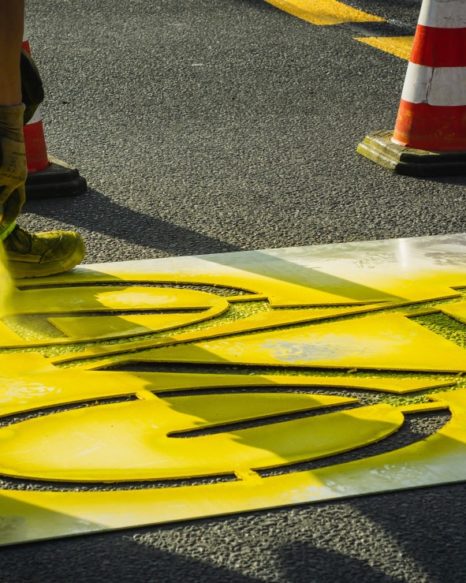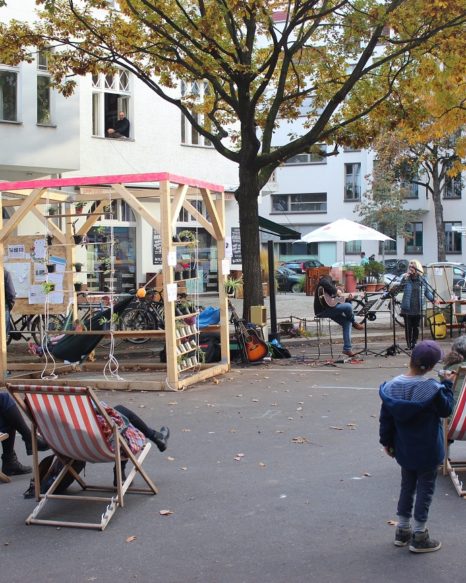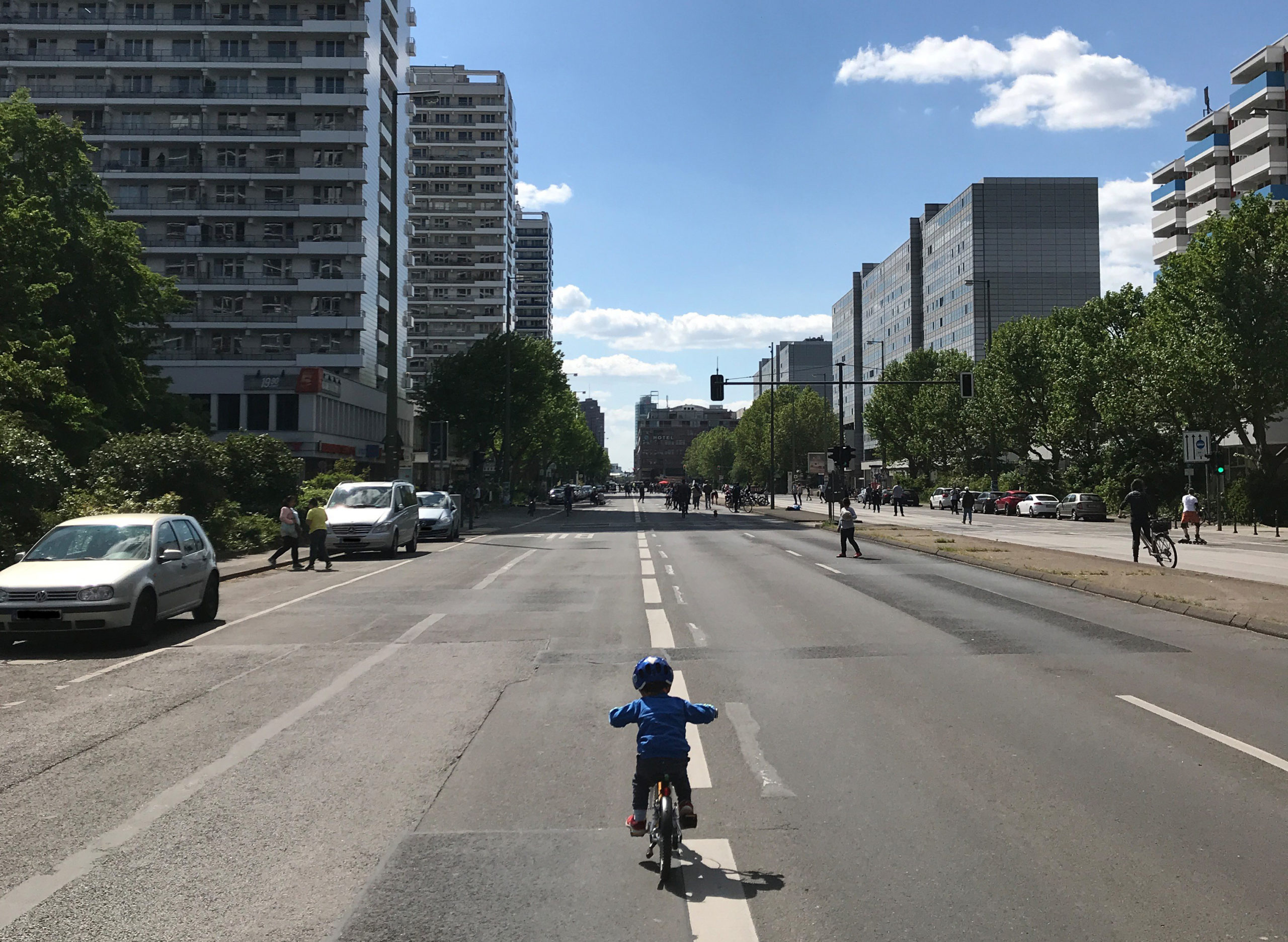
Footnotes
| ↑1 | https://deutsche-verkehrswacht.de/themen/schulanfangsaktion/ [12.08.2021] https://www.unfallkasse-berlin.de/service/archiv-meldungen/detail/schulanfangsaktion-schule-startet-verkehr-wartet [12.08.2021] „Sicher zur Schule!“: A Berlin-based parents' initiative to encourage parents to inspire their children to take an active way to school: https://sicherzurschule.berlin/ [12.08.2021] „Achtung, Kinder überraschen“: A Swiss campaign that argues more from the point of view of children and raises awareness that children are faced with special mobility challenges: https://www.doppelt-aufpassen.ch/ [12.08.2021] "Aufgepasst Brandenburg": A campaign by the Brandenburg police, ADAC Berlin-Brandenburg and others: https://presse.adac.de/regionalclubs/berlin-brandenburg/aufgepasst-brandenburg.html |
|---|---|
| ↑2 | https://www.destatis.de/DE/Themen/Gesellschaft-Umwelt/Verkehrsunfaelle/Publikationen/Downloads-Verkehrsunfaelle/unfaelle-kinder-5462405197004.pdf?__blob=publicationFile, p.10 |
| ↑3 | Ibid., p.10 |
| ↑4 | In 2019, 40% of children killed were pedestrians, 38% were passengers in a car, and 12.7% were cyclists. https://www.destatis.de/DE/Themen/Gesellschaft-Umwelt/Verkehrsunfaelle/Publikationen/Downloads-Verkehrsunfaelle/unfaelle-kinder-5462405197004.pdf?__blob=publicationFile, p.7 [4.08.2021] |
| ↑5 | Special investigation "Verkehrsunfälle mit Kindern" [Traffic accidents involving children] in Berlin 2018, ... https://www.berlin.de/polizei/_assets/aufgaben/anlagen-verkehrssicherheit/kinder2018.pdf, S.4 [4.08.2021] |
| ↑6 | „Davon wiederum war das Überschreiten der Fahrbahn, ohne auf den Fahrzeugverkehr zu achten (55,2 %) der häufigste Fehler. Zweithäufigstes Fehlverhalten war das Überschreiten der Fahrbahn durch plötzliches Hervortreten hinter Sichthindernissen (28,6 %).“ [Of these, crossing the road without paying attention to vehicle traffic (55.2%) was the most common error. The second most common error was crossing the road by suddenly stepping out from behind visual obstacles (28.6%).] https://www.destatis.de/DE/Themen/Gesellschaft-Umwelt/Verkehrsunfaelle/Publikationen/Downloads-Verkehrsunfaelle/unfaelle-kinder-5462405197004.pdf?__blob=publicationFile, p.11 [4.08.2021] |
| ↑7 | https://www.berlin.de/polizei/polizeimeldungen/pressemitteilung.1001876.php [4.08.2021] |
| ↑8 | https://www.berlin.de/polizei/polizeimeldungen/pressemitteilung.997861.php [4.08.2021] |
| ↑9 | https://www.berlin.de/polizei/polizeimeldungen/pressemitteilung.993036.php [4.08.2021] |
| ↑10 | Studies indicate that responsibility and blame are assigned and weighted depending on how reports word crashes. Goddard, Tara; Ralph, Kelcie; Thigpen, Calvin G.; Iacobucci, Evan (2019): Does news coverage of traffic crashes affect perceived blame and preferred solutions? Evidence from an experiment, Transportation Research Interdisciplinary Perspectives, Volume 3. https://www.sciencedirect.com/science/article/pii/S2590198219300727/pdfft?md5=ee98145ff5d5d73baa82d0417dd54324&pid=1-s2.0-S2590198219300727-main.pdf [4.08.2021] |
| ↑11 | Schwedes, Oliver; Pech, Detlef; Becker, Julia; Röll, Verena; Stage, Diana, Stiller, Jurik (2021): Von der Verkehrserziehung zur Mobilitätsbildung. TU Berlin (IVP-Discussion Paper, Heft 2). https://www.ivp.tu-berlin.de/fileadmin/fg93/Dokumente/Discussion_Paper/DP4_Schwedes_et_al_Mobilittsbildung.pdf, p. 35 [4.08.2021] |
| ↑12 | §2 (5) StVO, ... https://www.stvo.de/strassenverkehrsordnung/90-2-strassenbenutzung-durch-fahrzeuge [4.08.2021] |
| ↑13 | See ... GEHLERT, Tina; KRÖLING, Sophie (2020): Entwicklung der Geschwindigkeitswahrnehmung bei Kindern. Unfallforschung kompakt Nr. 106. Berlin: Gesamtverband der Deutschen Versicherungswirtschaft, Unfallforschung der Versicherer, p.14 [4.08.2021] |
| ↑14 | https://www.tagesspiegel.de/berlin/polizei-justiz/lieferwagen-stand-auf-radweg-radfahrerin-stirbt-bei-unfall-in-berlin-friedrichshain-mahnwache-am-freitag/27227648.html [12.08.2021] |
| ↑15 | Limbourg, Maria (1997), Kind und Verkehr - alles verkehrt? Kindspezifische Mechanismen und Verhaltensmuster als Auslöser für Unfälle im Verkehr, https://www.uni-due.de/traffic_education/alt/texte.ml/Saar.html [4.08.2021] |
| ↑16, ↑23 | Ibid. |
| ↑17 | https://www.berlin.de/polizei/polizeimeldungen/pressemitteilung.1040823.php [12.08.2021] |
| ↑18 | https://www.berliner-zeitung.de/news/polizeibericht-berlin/unfall-in-berlin-autofahrer-erfasst-am-zebrastreifen-zwei-maedchen-li.148048 [4.08.2021], https://www.berlin.de/polizei/polizeimeldungen/2021/pressemitteilung.1067764.php [4.08.2021] |
| ↑19 | Um nur einige wenige Fälle zu nennen: https://www.rnd.de/panorama/hannover-kind-wird-vor-kita-vom-auto-der-eltern-uberrollt-und-stirbt-PBRWIZQWHQMW6AKC2PLCL3KUOE.html [4.08.2021]; https://www.abendblatt.de/hamburg/polizeimeldungen/article232454877/suv-mutter-ueberrollt-grundschulkind-hamburg-billstedt-schule.html [4.08.2021]; https://rp-online.de/nrw/staedte/moenchengladbach/moenchengladbach-maedchen-vor-schule-ueberfahren-bewaehrungsstrafe-fuer-fahrerin_aid-53191393 [4.08.2021] |
| ↑20 | Hüttenmoser, Marco (2004): Der leere Weg. Zur Bedeutung des Schulweges. Eine Analyse anhand von Kinder-zeichnungen. In collaboration with the Gruppo di convenienza Traffico in Capriasca. www.kindundumwelt.ch [4.08.2021] |
| ↑21, ↑29 | §3 MobG: „Mobilität für alle: Mobilität in Berlin soll bezogen auf die wesentlichen Wegezwecke 1. an allen Tagen des Jahres und rund um die Uhr 2. in allen Teilen Berlins gleichwertig und 3. unabhängig von Alter, Geschlecht, Einkommen und persönlichen Mobilitätsbeeinträchtigungen sowie von Lebenssituation, Herkunft oder individueller Verkehrsmittelverfügbarkeit gewährleistet werden.“ [Mobility for all: Mobility in Berlin is to be guaranteed with regard to the essential purposes of travel 1. on all days of the year and around the clock 2. equally in all parts of Berlin and 3. irrespective of age, gender, income and personal mobility impairments as well as living situation, origin or individual means of transport availability.] https://gesetze.berlin.de/bsbe/document/jlr-MobGBEpP3 [12.08.2021] |
| ↑22 | There are calls from the scientific community for the concept to be examined and developed further. See Schwedes, Oliver; Pech, Detlef; Becker, Julia; Röll, Verena; Stage, Diana, Stiller, Jurik (2021): Von der Verkehrserziehung zur Mobilitätsbildung. TU Berlin (IVP-Discussion Paper, Heft 2). https://www.ivp.tu-berlin.de/fileadmin/fg93/Dokumente/Discussion_Paper/DP4_Schwedes_et_al_Mobilittsbildung.pdf [4.08.2021] |
| ↑24 | „In der frühkindlichen Phase geht es daher zunächst um die Herausbildung von Bewegungsfähigkeit und Motorik sowie die Fähigkeit, sich selbst und andere Wahrzunehmen.“ [In the early childhood phase, it is therefore first of all a matter of developing the ability to move and motor skills as well as the ability to perceive oneself and others.] Schwedes, Oliver; Pech, Detlef; Becker, Julia; Röll, Verena; Stage, Diana, Stiller, Jurik (2021): Von der Verkehrserziehung zur Mobilitätsbildung. TU Berlin (IVP-Discussion Paper, Heft 2). https://www.ivp.tu-berlin.de/fileadmin/fg93/Dokumente/Discussion_Paper/DP4_Schwedes_et_al_Mobilittsbildung.pdf, p. 36, [4.08.2021] |
| ↑25 | https://www.berlin.de/sen/uvk/_assets/verkehr/verkehrspolitik/verkehrssicherheit/verkehrssicherheitsprogramm/berlin_sicher_mobil2020_broschuere.pdf, p.16 [12.08.2021] "Berlin sicher mobil 2020", the road safety programme of the Berlin Senate: https://www.berlin.de/sen/uvk/verkehr/verkehrspolitik/verkehrssicherheit/verkehrssicherheitsprogramm/ [12.08.2021] |
| ↑26 | See ... http://www.kindundumwelt.ch/_files/werkspurenBildschirm.pdf [4.08.2021] |
| ↑27 | One of many examples: https://www.umweltbundesamt.de/sites/default/files/medien/2546/publikationen/wirkungen_von_tempo_30_an_hauptstrassen.pdf [12.08.2021] |
| ↑28 | §10 (1) MobG: „Verkehrssicherheit: Alle Menschen sollen unabhängig vom gewählten Verkehrsmittel sicher an ihrem Ziel ankommen.“ [Road safety: All people should arrive safely at their destination, regardless of their chosen mode of transport.] https://gesetze.berlin.de/bsbe/document/jlr-MobGBEpP10 [12.08.2021] |
| ↑30 | What is a Kiezblock: https://changing-cities.org/kampagnen/kiezblocks/ [12.08.2021] What is your opinion on Kiezblocks? Survey: https://survey.iass-potsdam.de/index.php/489542?lang=de [12.08.2021] |
| ↑31 | See Zum Stellenwert von Primärerfahrungen von Kindern im Aussenraum, Marco Hüttenmoser, Dokumentationsstelle Kind und Umwelt, Muri AG, http://www.kindundumwelt.ch/_files/werkspurenBildschirm.pdf [4.08.2021] |


